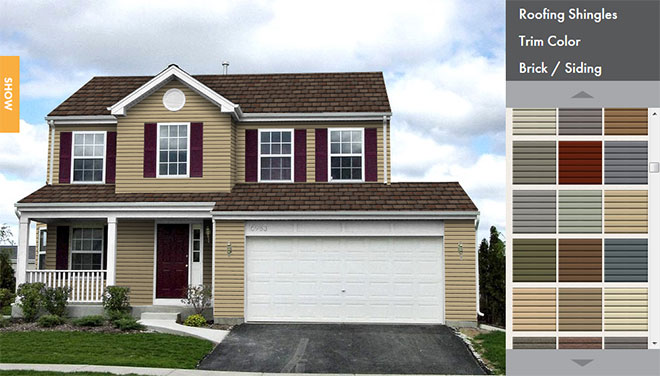Roof Management For Minnesota Building Owners and Property Managers
It’s not a matter of “if” problems will arise, it’s a matter of “when.” If neglected, one of your biggest building assets – your roof – can quickly become one of the most troubling. An ongoing roof asset management program can keep roofing worries from hanging over your head now and well into the future.
Roof Management Programs Are Not A Good Idea – They’re Necessary!
If the assessments are accurate and only five percent of building owners have a roof asset management program in place, then 95 percent are charting the course for a very difficult future. There are a number of reasons why implementing a program is essential, all of which are equally important.
Leaks, punctures, clogged drains, ponding: Ignore the roof and this is just a sampling of the troubles you’re most likely going to face in the future. When a roof system isn’t maintained, the outcome can be disastrous. There are over 3,000 cave-ins [annually] because of issues like drainage getting stopped up – a very simple situation that can become a disastrous situation for a building owner.
Proactive management of roof systems can ensure that small problems don’t turn into big headaches and a big strain on the bottom line.
You want to get the maximum life out of that roof. Most building owners replace their roofs too soon. A good maintenance program can ensure that the roof overhead will last the length of its warranty. Even though it’s a small capital expense when actually building the building, it’s one-third of the building envelope and is probably the greatest expense that you’ll reinvest into your building. By extending the life of your roof through regular maintenance, owners can reap the cost benefits associated with fewer re-roofs. Roof maintenance is also a tax write-off, whereas installation of a new roof is a capital expense requiring depreciation.
Pay Now Or Pay Later
You can’t afford not to proactively manage your roof. Effectively managing your roof system means effectively managing your liability risk. The inability of a roof to perform properly can have serious consequences. If a roof system fails, you’re going to have interior problems with leaks causing structural damage and slips and falls – all major liability issues. Not to mention the new monster on the horizon, which is mold and mildew. Leaky roofs can shut down manufacturing operations, disrupt employee productivity, cause sick building syndrome, and eventually lead to the roof caving in if ignored long enough. Proper maintenance can help pinpoint problems early, greatly reducing the risk of litigation.
Lastly, roof asset management programs can help you keep better records of warranty information. If you talk to roofing manufacturers about their warranties and warranty reserves – I think the number I heard last is that they expect between 40 and 50 percent of all roof warranties [will] never have a claim on them because they’ve been lost or forgotten. Employee turnover or a change in ownership can make keeping track of roof warranties difficult when accurate record-keeping and centralized filing hasn’t taken place. Most warranties require maintenance as well as a log and documentation as proof of the work. Some manufacturers don’t ask for the information, but if they get put in a bad position and they’re going to have to replace a roof, they certainly may use that against you.
Consult the Pros When You’re Out Of Your League
If roof systems are an area that your facilities department clearly lacks expertise in, then it’s best to call in the experts. A number of roof consulting firms will walk through the steps above and help you devise a program and budget to achieve a longer and trouble-free roof life. In your search for the perfect partner to assist with the development of your roof asset management program, remember to keep the following in mind. An experienced Commercial Roofing Contractor will:
- Have significant experience and be capable of administering non-destructive testing. During the selection process, the experience of the companies should be validated. Check their references. Thorough research of that company through recommendations is always best.
- Be objective. You’re looking for someone with the technical expertise to analyze and evaluate what your roof’s condition is and then make recommendations.
- Provide good customer service and solid advice. This is essential.
Through careful planning and implementation, a roof management program can reduce worries, unexpected expenses, and even liability. The most important part to consider is that each roofing system is only as good as the commercial roofer who installs the roof. Proper installation is essential to fully maximize the benefits of the roof system and your capital investment.


 Click Here
Click Here Click Here To Use
Click Here To Use